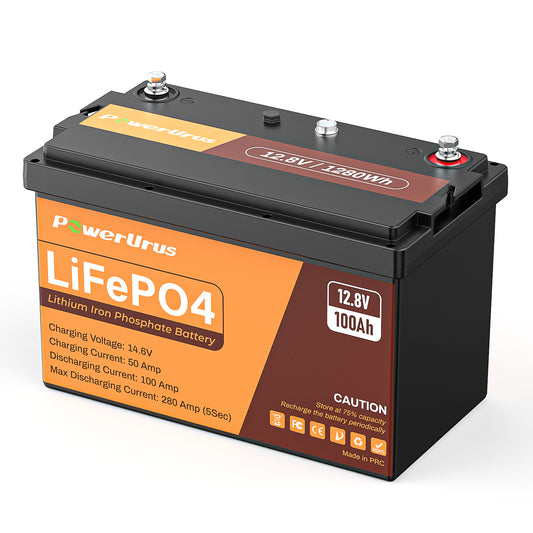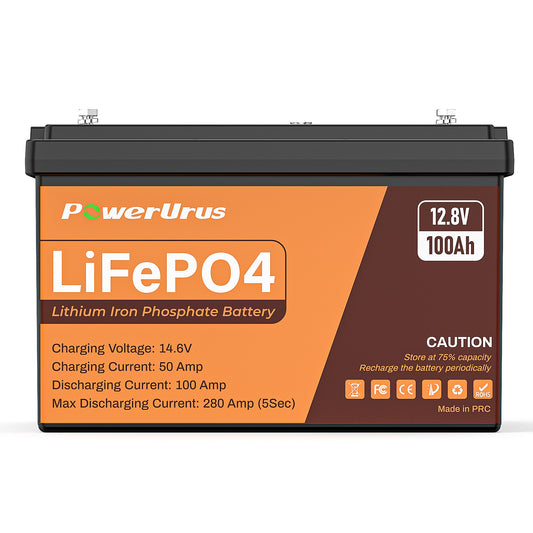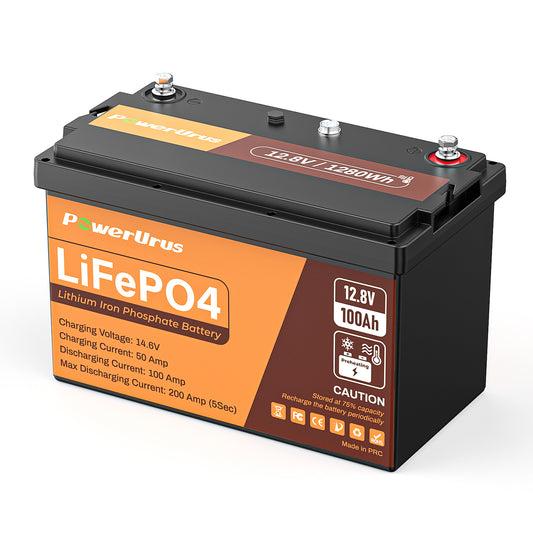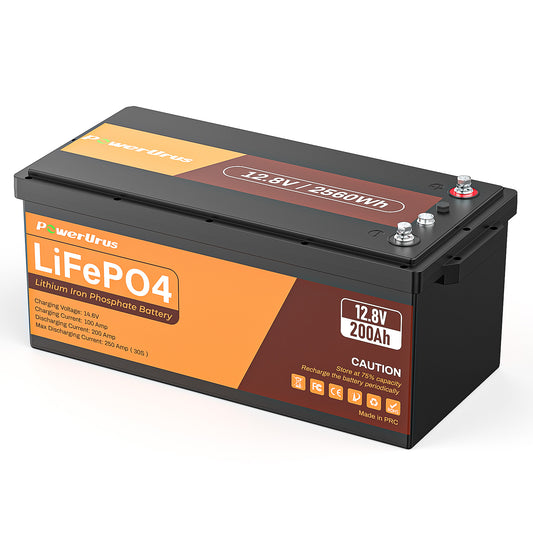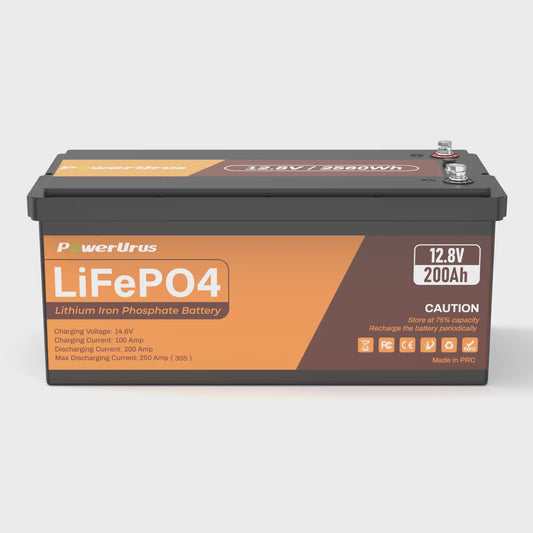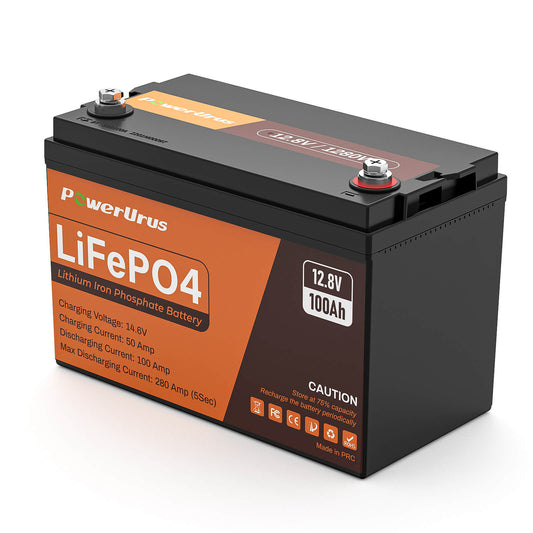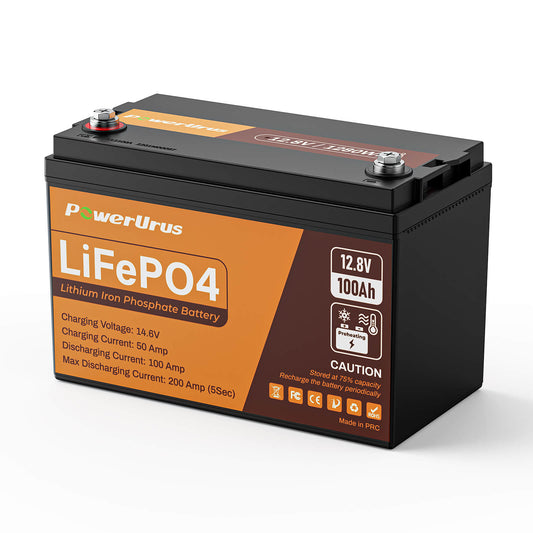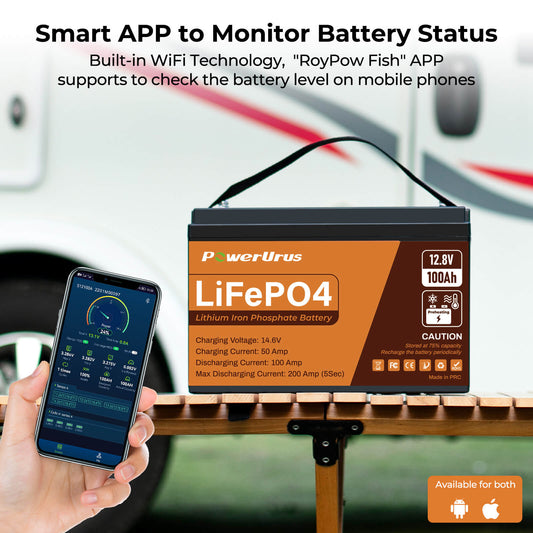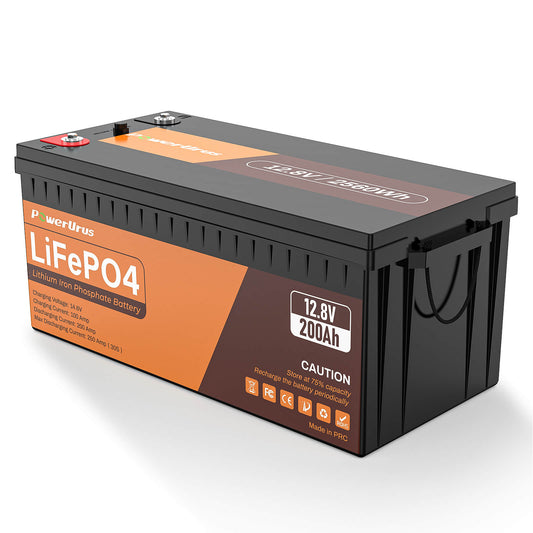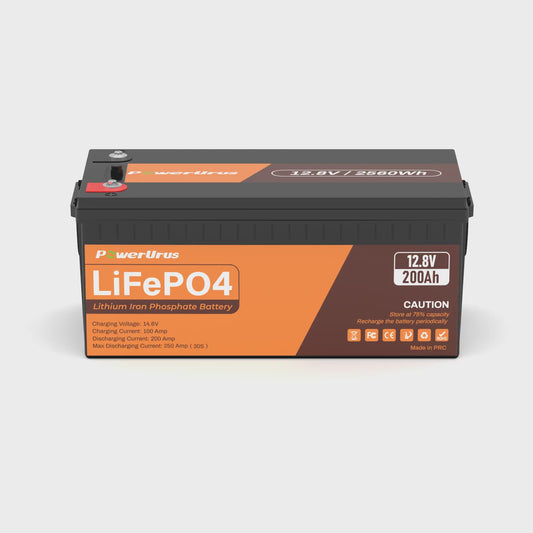Voltage Selection Decoded: Master Load Calculations for 12V/24V/36V LiFePO4 Batteries
Choosing the optimal voltage for your LiFePO4 battery system isn’t guesswork – it’s science. Whether powering an off-grid cabin or a marine trolling motor, this 3-step formula ensures perfect voltage matching while maximizing energy efficiency.
Step 1: Audit Your Power Demands
List all devices with their wattage and usage duration:
Example Setup:
800W trolling motor (6 hrs/day at 50% load)
150W fishfinder (8 hrs/day)
200W LED lighting (4 hrs/day)
Total Daily Consumption = (800W × 0.5 × 6h) + (150W × 8h) + (200W × 4h) = 3,000Wh
Step 2: Voltage Selection Logic
Use this core equation:
System Voltage (V) = Total Wattage ÷ Safe Current (A)
Why it matters: Higher voltage reduces current flow, minimizing energy loss in cables. For LiFePO4 systems:
12V: Best for <1,500W setups (e-bikes, small solar arrays)
24V: Ideal for 1,500-3,000W (RV appliances, medium trolling motors)
36V/48V: Optimal for >3,000W (industrial equipment, yacht systems)
Calculation Breakdown:
Max Continuous Current= Battery’s Rated Discharge Rate (e.g., 100A for 100Ah)
Required Voltage= Total Wattage ÷ Max Current
For our 3,000Wh example:
24V System: 3,000W ÷ 100A = 30V → Choose 36V for headroom
Cable Savings: 36V uses 14AWG vs. 24V’s 10AWG (23% thinner cables)
Step 3: Real-World Optimization
A Maine lobsterman’s upgrade from 24V to 36V LiFePO4 batteries reveals tangible benefits:
18% Longer Runtime: 9.2 hrs vs. 7.8 hrs on same 200Ah capacity
15°C Cooler Cables: Reduced resistance = safer operation
Faster Solar Charging: 36V pairs perfectly with 100V solar panels
Pro Tips for Voltage Success:
Future-Proofing: Add 20% capacity buffer for new devices
Hybrid Configurations: Combine 12V modules into 24V/36V via series wiring
Load Test Tools: Use clamp meters to verify real-world current draws
By aligning your LiFePO4 battery voltage with precise load calculations, you’ll unlock 20-30% efficiency gains while extending battery lifespan. Need help? Our voltage selection calculator (link) automates these steps for foolproof results.

